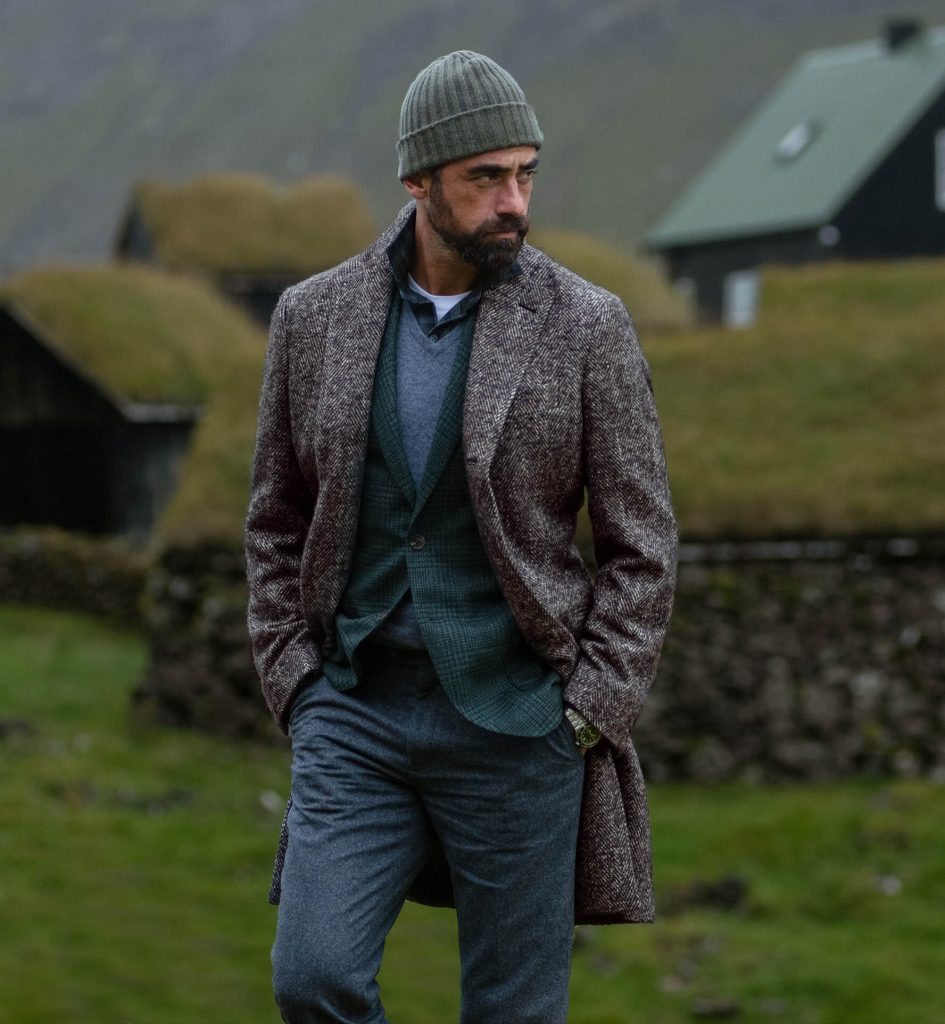
As an independent menswear blog, we’re incredibly thankful to have sponsors. So twice a month, we like to give them a special shoutout for their support. Doing so allows us to recognize them, as well as update readers on our sponsors’ latest happenings.
Proper Cloth built their reputation on made to measure shirts. Their button-ups often don’t cost that much more than ready-to-wear, but they’re custom cut and sewn according to your measurements — either your body measurements or the measurements of your best fitting shirt. With free remakes on first-time orders, you can also hone in on your fit to get the best possible fitting button-up. The difference between them and other online tailors? While most sites only offer business-ready button-ups, Proper Cloth covers the spectrum of formal to casual — from black tie to Monday meetings to weekends.
They also have ready-to-wear knits and outerwear. Included are some distinctly patterned topcoats made from VBC cloth, an Italian mill known for making top-end fabrics used by bespoke tailors. The chunky herringbone weave you see above features a mottling of brown and white yarns, which give the material some visual depth. It’s also a half-canvassed coat that can be thrown over casualwear or layered on top of suits or sport coats. For their knitwear, check out their selection of wool-cashmere blend Arans. You won’t look exactly like Chris Evans in Knives Out, but you’ll get a little closer.
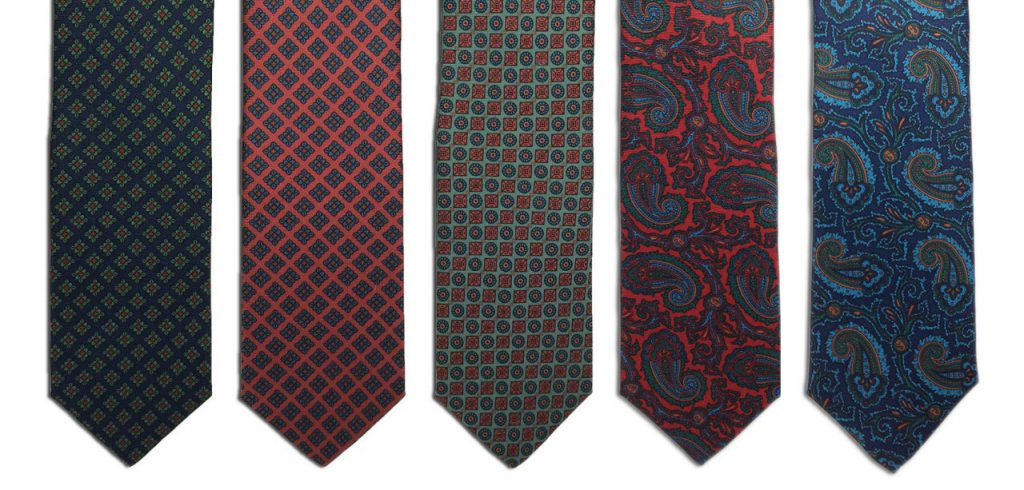
If you’re just starting to build a neckwear wardrobe, you could do worse than starting with a basic grenadine. The textured Italian silk adds visual interest to solid-colored sport coats but is also subdued enough to pair with patterned jackets. Your next few ties should continue to be basic — rep stripes, foulards, and perhaps a knit for casual occasions.
Once you have the basics, consider getting things in more seasonal fabrics. Raw silk and linen are ideal for summer. In the fall and winter months, however, you’ll things such as tweed, cashmere, wool challis, and most of all, ancient madder. Paul at Chipp Neckwear once told me that the chalky hand of ancient madder reminds him of a horse’s wet nose. I’ve always thought that description is charming. Madder ties are useful in the winter because they sit in the middle in terms of formality. They’re just as good with tweed and corduroy sport coats as they are with worsted suits. Chipp’s ties are made in NYC using the same English silks as what you’ll find from top-tier producers, except theirs cost less than $70 a piece.
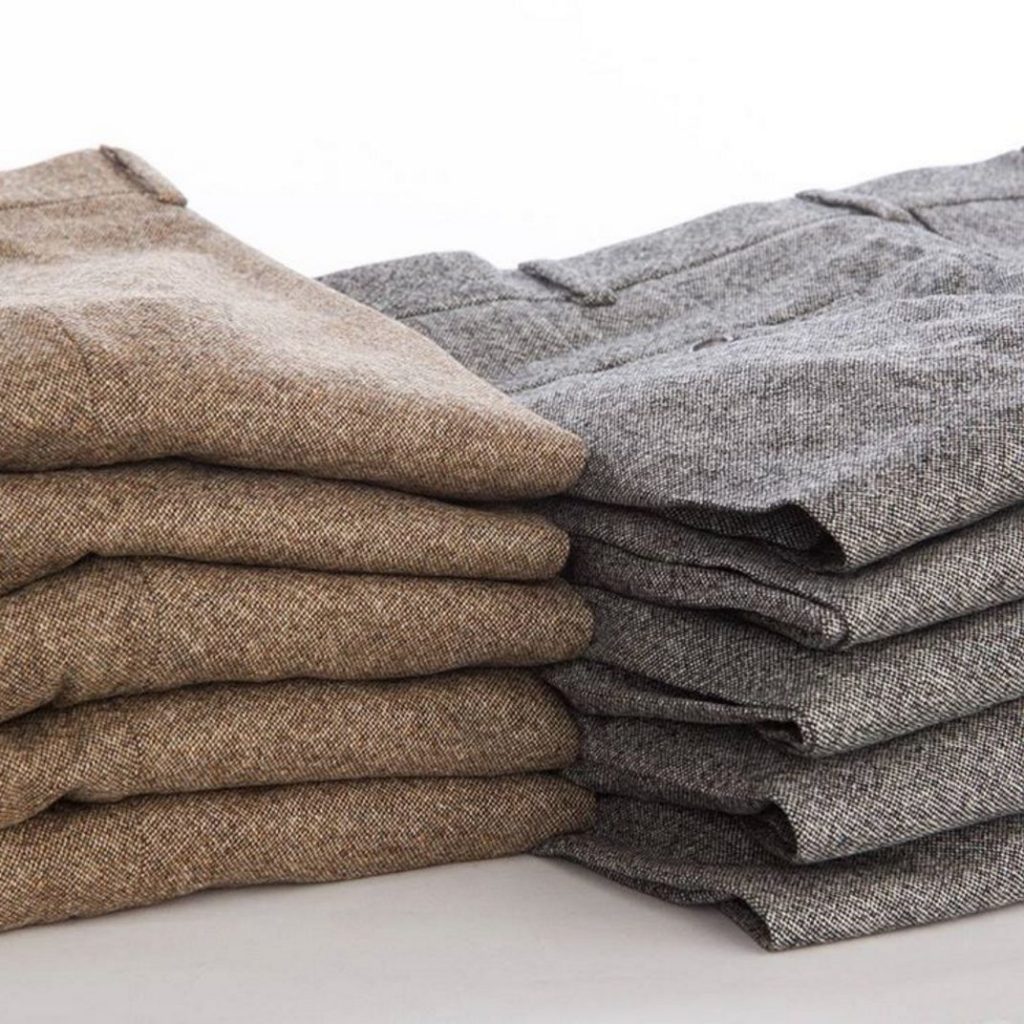
Dapper Classics is holding their biggest sale of the year. Until Saturday, you can knock an additional 25% off already-discounted items in their sale section by using the checkout code SALE2X. That takes select trousers down 40% off (limited sizes) and select socks to 70% off. Their scarves are also part of the promotion.
Among the trousers, you can find pearl grey hopsack wools that can be worn year-round with just about any kind of sport coat, including navy blazers and brown tweeds. The brown moleskins, tan linens, and dark brown tropical wools can also be worn with tailored jackets, although I find those colors/ materials to be better with casualwear. Tan linen trousers go well with smart-casual basics in the summer, such as safari jackets and camp collar shirts. Brown moleskin trousers can be worn in the autumn/ winter with waxed cotton Barbours.
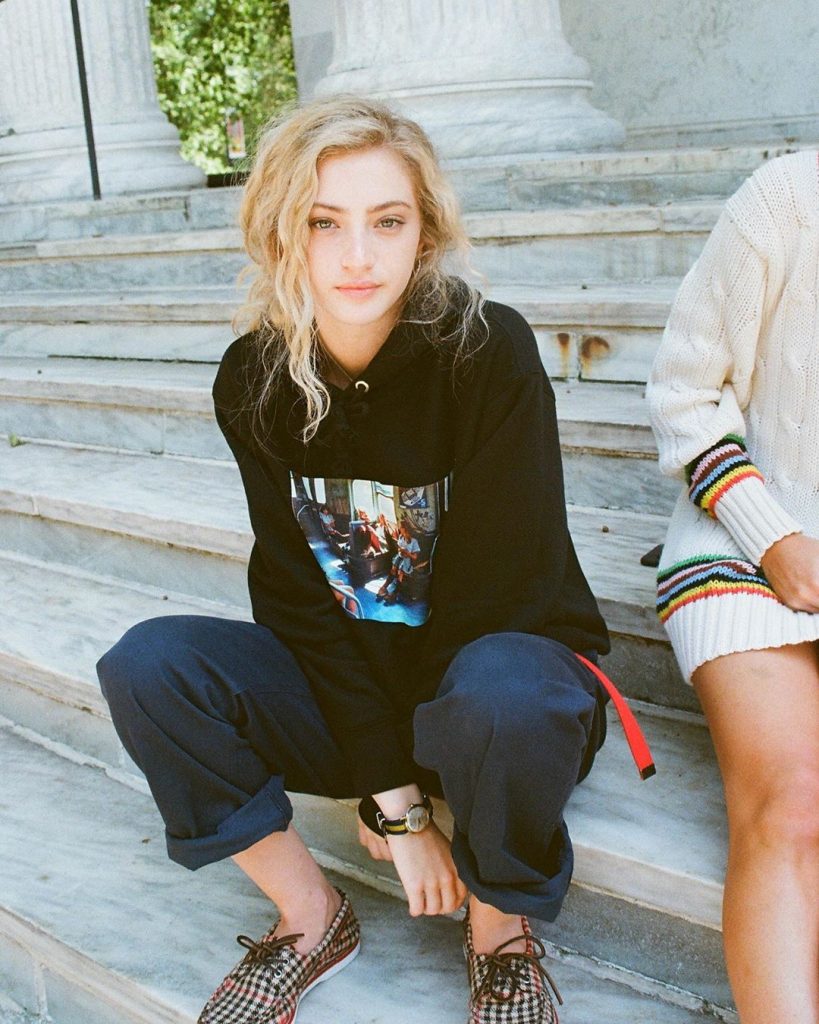
During the 1970s and ’80s, Swiss artist Willy Spiller documented his time living and traveling through New York City as a foreigner. Spiller braved the city’s gritty subway system at a time when the subways were known for being dangerous. In 1979, there was an average of 250 crimes reported per week — six murders in the first two months alone. But Spiller spent his time in the subways to document riders, Guardian Angels, graffiti artists, punks, servicemen, and everyday workers. His photographs were later published as a book under the title Hell on Wheels.
As part of their third drop this season, Rowing Blazers has screen printed a selection of Spiller’s photographs on t-shirts and hoodies. One of them shows some policemen hanging outside of a subway car; another features some young girls chatting. Rowing Blazers also has some plush, wide-wale corduroy suits in dusty pink, tennis sweaters, split-colorway rugbys, and a gun club tweed made in the design as the slipcover for Johnston of Elgin’s famous book. This sort of high-low mixing is the kind of ethos that Rowing Blazers has become known for — graphic tees that you can wear under bomber jackets or modern tailoring, or on their own with tweed trousers. It’s made prep approachable for those inside and outside the genre.
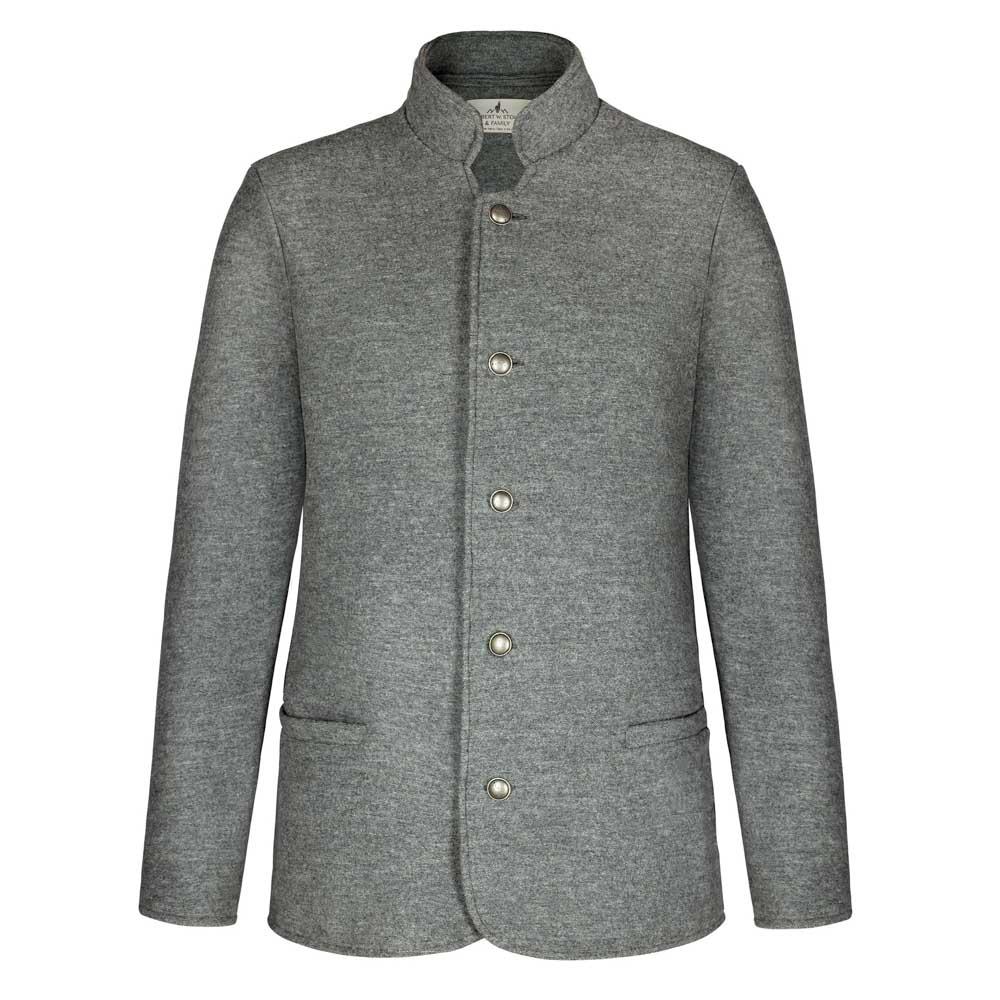
There’s a rule when it comes to washing knitwear: never wash anything directly under the faucet. That’s because wool felts when it’s hit directly with water. Felting is the process of shrinking and bonding the fibers, which makes the fabric denser and can thus distort the shape of your knit.
Some companies felt wool on purpose, but they do it before the garment is cut and sewn (thus preserving the garment’s intended proportions). This process, known as boiling wool, involves putting the fabric in a fulling machine with some soapy water, agitating it a bit, and making the fibers stick together by mechanically compressing them. In the 1800s, Belgians used to boil wool to make duffel bags — later the same fabric used to make duffel coats. This heavy, double-faced, boiled woolen cloth was later worn by fishermen and British Royal Navy officers alike because it’s naturally warm and repels sea spray.
The other big boiled wool tradition comes from Austria, where shepherds, farmers, and hunters in the mountainous area of Tyrol have traditionally worn the fabric to stay warm. Austrians produce the material by first spinning yarn from local mountain sheep wool, then turning that yarn into loosely woven cloth. That fabric is then put through a lengthy wet finishing process until it shrinks by about a third so that it becomes something like dense felt. It’s then brushed and sheared, a process that’s repeated up to twenty times until it achieves the desired surface nap.
Robert Stolz, one of the last companies for traditional Austrian coats, uses boiled wool for a range of things. Their boiled wool collection includes mandarin collar jackets, vests, and zip-up hoodies. Robert, the founder of the company, is passionate about only using pure and natural fibers (no polyester blends). The boiled wool collection is also made in the USA and available for order in custom sizes.
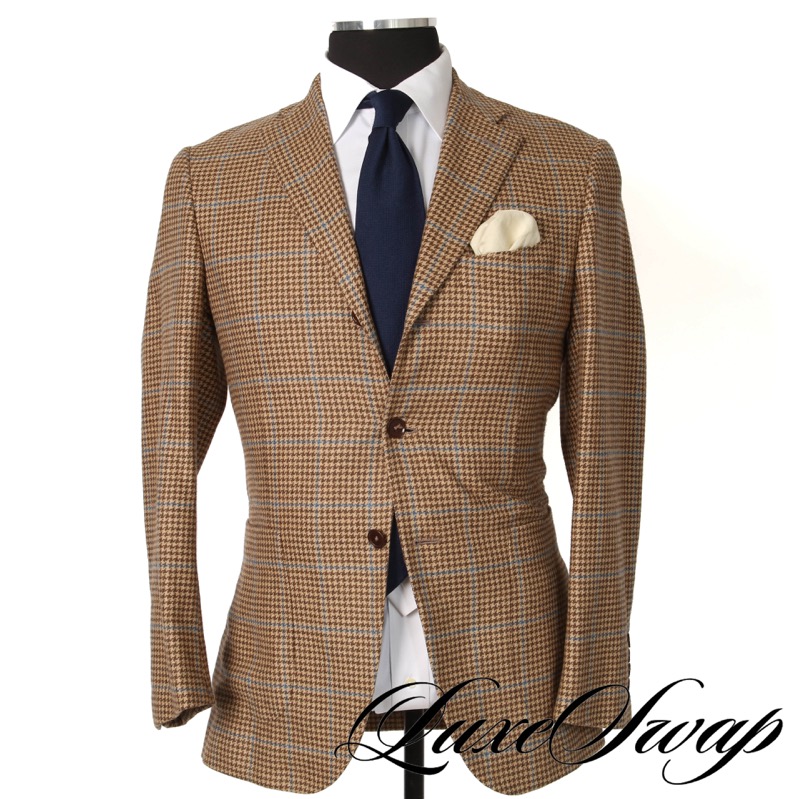
If you’re looking for a deal, it would be hard to beat LuxeSwap’s eBay auctions. They’re an online consigner for high-end clothing. Matt, the co-founder of the company, is a long-time participant on StyleForum and really knows his stuff. That means you get the curation of a high-end consignment store with the clearout prices that can come with auctions (most of LuxeSwap’s auctions start at just $9.99).
Every Thursday, they post a new batch of 10-day auctions. Last night, they put up some shirts from 18 East, G. Inglese, and Kamakura. There’s also some outerwear from Monitaly and Private White VC, handmade shoes from Saint Crispins, and brown checked sport coats from Brooks Brothers and Isaia (the last of which is pictured above). Those who are just starting to build a better wardrobe could probably use these four grey flannel trousers from Brooks Brothers. And for the hottest sneaker releases of this year — the Nike Travis Scotts and Sacai Waffles — LuxeSwap has those too.







